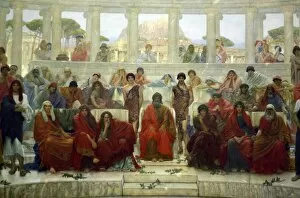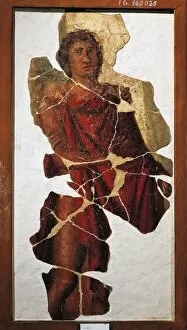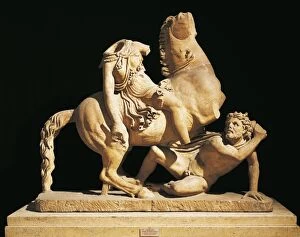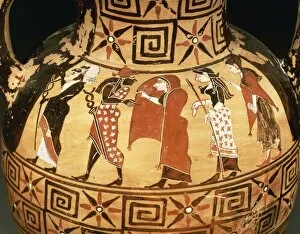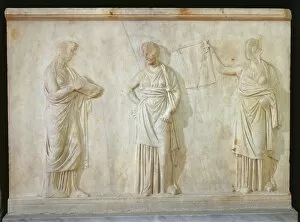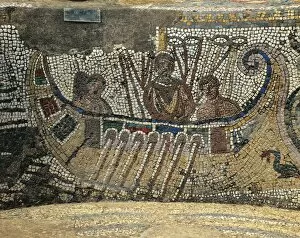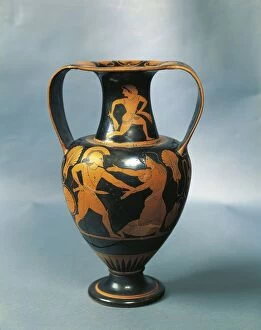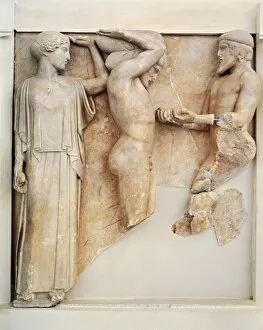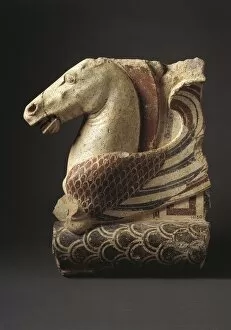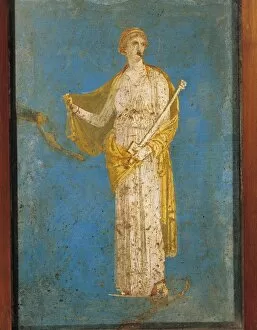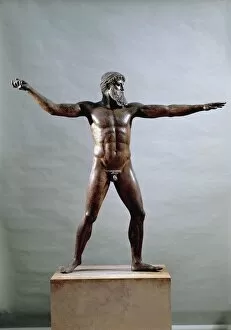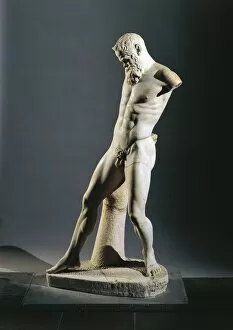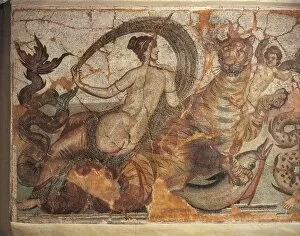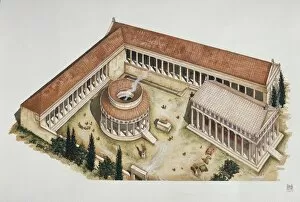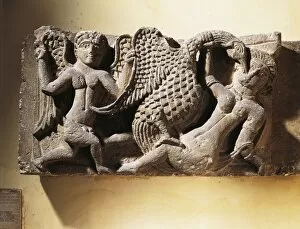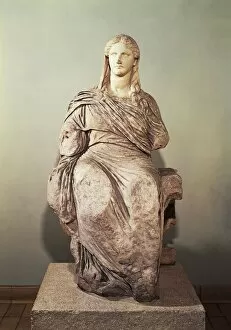Greek Mythology Collection (#98)
Greek mythology is a captivating realm filled with gods, heroes, and enchanting tales that have captivated the world for centuries
For sale as Licensed Images
Choose your image, Select your licence and Download the media
Greek mythology is a captivating realm filled with gods, heroes, and enchanting tales that have captivated the world for centuries. This Roman statue of a drunken Hercules reminds us of the larger-than-life figures that populate these ancient stories. Circe Invidiosa, painted by John William Waterhouse in 1892, depicts the sorceress who could transform men into animals with her potent potions. In this Greek vase painting from antiquity, Achilles and Patroclus stand side by side as symbols of loyalty and friendship amidst the chaos of war. The Olympian gods reign supreme in their celestial abode, overseeing mortal affairs while indulging in their own divine dramas. The Heroes Of The Trojan War are immortalized through epic poems like Homer's Iliad. Here we witness Hector's tragic demise at the hands of Achilles - a poignant reminder that even mighty warriors are not invincible. Sandro Botticelli's Primavera transports us to an idyllic scene where nymphs dance under blooming trees. Meanwhile, Narcissus and Echo remind us of love's complexities and its potential for both beauty and tragedy. JMW Turner's Ulysses Deriding Polyphemus captures Odysseus' cunning nature as he taunts the Cyclops during his perilous journey home. Dionysus and his wild Maenads embody ecstasy and madness in equal measure. Hermes cradles infant Dionysus gently in his arms - a symbol of protection amidst danger. Leda succumbs to Zeus disguised as a swan; their union resulting in legendary offspring such as Helen of Troy. Greek mythology continues to inspire artists across time periods - from ancient pottery to Renaissance masterpieces. These glimpses into mythical worlds serve as windows into our collective imagination, reminding us why these timeless tales continue to fascinate generations after generations.







